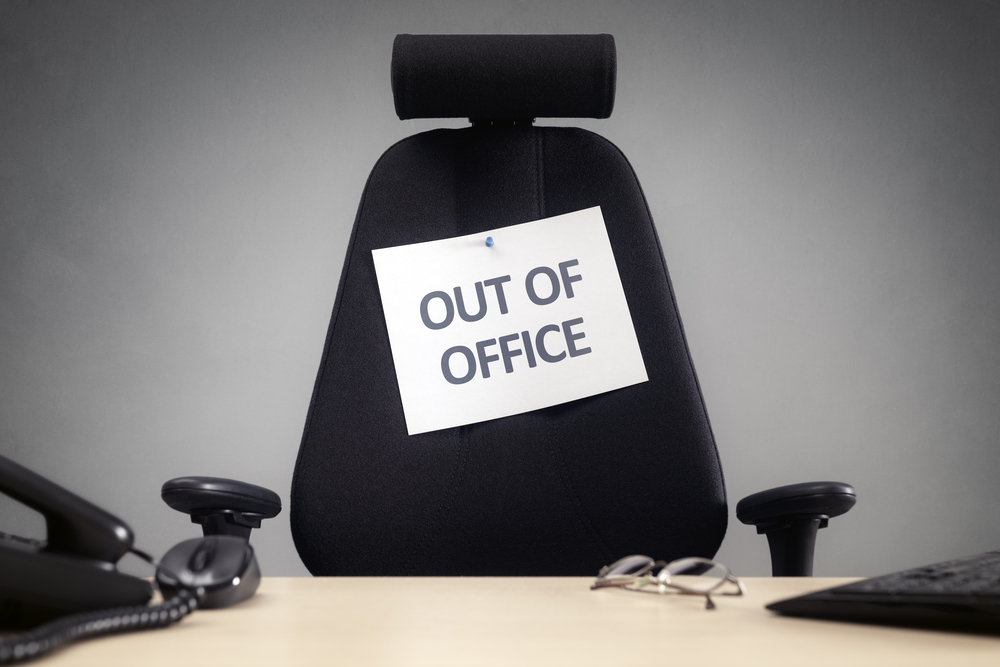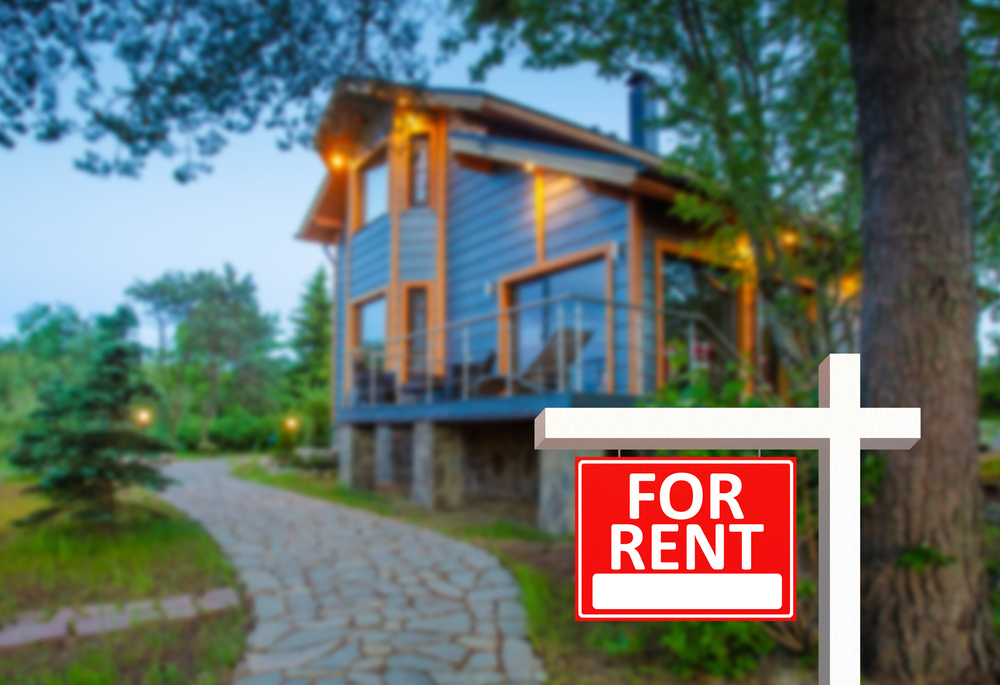The recent budget changes now allow for a family to downsize the family home and contribute this to their superannuation fund. And while the legislation is not yet around to go over; it looks like the net result will work like this:
Antonio and Concetta (both 71) currently have $800k in their superannuation fund and they own their family home in North Perth with a value of $1.4m.
They can sell the family home in North Perth, purchase a new home in Greenwood for $800k and inject $600k into their superannuation fund.
Prior to this rule being introduced neither person could have injected money into their superannuation fund as neither person was employed.
The super fund now has a balance of $1.4m and the pension payable by the superannuation fund has increased from $40,000 a year to $70,000 (tax free).
The downside in the above circumstance is that the age pension benefits, and the health-care card benefits will be lost. Also there is still costs (stamp duty) associated with downsizing.
We often find that the succession in family business is complex. The desire to succession the business to the next generation, with fairness across the family, is typically at odds against the desire to fund the retirement of the parents. This new budget concept might allow for the older generation to access a desired income level while transitioning the business to the next generation.
Of course any transition of the business has a range of complex issues beyond tax. However a strong advisory team of lawyers, accountants and consultants focussed on family businesses will definitely consider this potential.
Everything old is new again
This concept of downsizing is not new. The ALP introduced a similar concept in 2013. At that point in time a family could sell a home (that was owned for 25 years) and invest $200k into an investment account.
The benefit of this test was that the age pension entitlements would not be affected by the additional $200k.
When the liberal government came into power this concept became shelved and was never taken further.
Opportunity for wealthier families
While the detail is not yet to be seen their might be further opportunity beyond the example discussed above. In particular the provision does not seem to be means-tested and is independent of other concessions.
The significant point here is that the $1.6m threshold for tax free assets will be increased by the $300k of the downsized amount. And the $300k contribution is over and above the reduced contribution limits that will come into play on 1 July 2017.
So the tax free threshold for generating income might become $1.9m.
We often find that a family, on the succession or sale of a business, will buy a new home as well. Potentially, after 1 July 2017, a careful management of the small business tax concessions, which could allow a contribution of $1.415m per person, plus the (potential) $300k family home downsize concession plus a contribution of $300k contribution could allow a contribution of $2.015m in one year.
This would be a complex area and would need to be worked with a tax advisor to ensure that your superannuation fund did not pay additional taxes on breaching thresholds.




